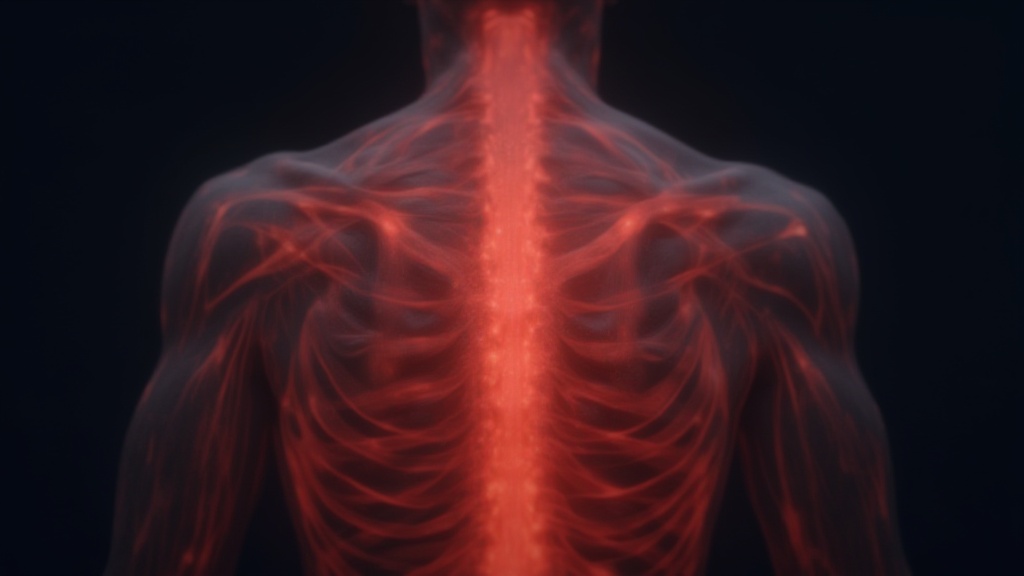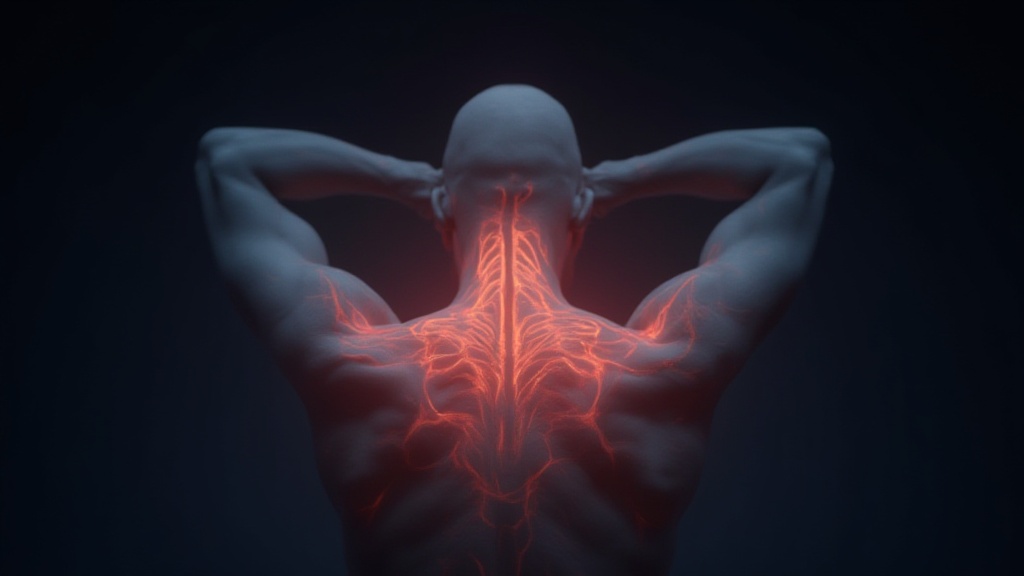
Achieving effective pain relief necessitates a thorough examination of myofascial trigger points. These taut bands found within muscle fibers are scientifically associated with discomfort and muscle tension.
By strategically targeting these trigger points, physical therapy can facilitate substantial pain management and bolster overall wellness.
Addressing myofascial pain syndrome not only alleviates symptoms but also enriches the understanding of chronic tension and its implications on the body.
Effective trigger point therapy employs diverse manual therapy techniques that relieve tightness, enhance relaxation, and improve mobility. Recognizing the significant role of these points enables the development of targeted treatment strategies.
What Are Muscle Knots?
Identifying muscle knots is essential for addressing underlying muscle tension and stress.
These localized contractions manifest as tight spots in muscle tissue, often resulting in substantial discomfort. Detecting muscle knots involves palpation, which reveals areas of tightness, tenderness, or pain during self-assessment.
Typically located in the neck, shoulders, and back, muscle knots are closely linked to chronic tension and can hinder overall wellness.
Their connection to both physical and mental health emphasizes the importance of effective treatment.
Regular self-checks can help individuals identify these knots early, leading to timely interventions that promote symptom relief and enhance overall wellness coaching.

Pain Relief Techniques for Muscle Knots
Effective pain relief techniques play a significant role for individuals suffering from muscle knots. Muscle knots, referred to as myofascial trigger points, often lead to chronic pain and can severely restrict movement capabilities.
Individualized pain management approaches are essential, as methods that prove effective for one person may not yield the same results for another.
Factors influencing muscle tension include lifestyle choices, stress levels, and overall medical history.
Incorporating relaxation techniques, such as deep breathing or progressive muscle relaxation, can significantly assist in managing muscle tension. Setting aside time weekly to practice these techniques encourages tension release, ultimately enhancing overall well-being.
How Trigger Point Therapy Specifically Addresses Muscle Knots
Trigger point therapy serves as a targeted method for alleviating myofascial pain, effectively addressing discomfort related to muscle knots.
This approach concentrates on specific points of tension within the muscle, which are identified as trigger points. For instance, one common location to target is the upper trapezius, frequently associated with neck and shoulder pain.
To effectively apply pressure during trigger point therapy, locate the taut band within the muscle and apply focused thumb or finger pressure.
This process actively encourages tension release at the site, aiding in improved mobility and a reduction in overall muscle strain.
Pain Relief Techniques for Muscle Knots
- Muscle knots can lead to chronic pain and restrict movement, making effective pain relief essential.
- Individualized pain management strategies are necessary as responses to treatment can vary significantly between individuals.
- Incorporating relaxation techniques like deep breathing can help manage muscle tension and improve overall well-being.
- Trigger point therapy targets specific muscle tension points, promoting tension release and enhancing mobility.
Exploring Pain Management Strategies
Effective pain management requires a multifaceted approach that addresses both physical and psychological aspects. Holistic healing methods, which include combining traditional therapeutic modalities with mindfulness practices, enhance pain relief.
Integrating techniques from physical therapy and stress management leads to improvements in overall well-being.
Mindfulness practices, such as meditation and deep breathing exercises, promote tension release and reduce the perception of pain.
By adopting these strategies, patients can develop a comprehensive pain management plan that alleviates symptoms while supporting long-term healing and recovery.
Myofascial Pain Syndrome Explained
Myofascial pain syndrome (MPS) affects many individuals, manifesting as discomfort in specific muscle groups. Recognizing the presence of muscle knots and trigger points is essential for effective management.
Symptoms typically include localized pain that may refer to other areas, causing confusion about the source. Daily activities can become increasingly difficult as soreness and stiffness accumulate over time, impacting overall functionality.
To enhance pain management, identify these symptoms early for better intervention, including targeted trigger point therapy and lifestyle adjustments.
Symptoms of Myofascial Pain Syndrome
- Localized pain in muscle groups
- Referred pain that complicates diagnosis
- Soreness and stiffness affecting mobility
By recognizing symptoms associated with MPS, individuals can adopt appropriate strategies for symptom relief. For example, utilizing stretching techniques and manual therapy may improve flexibility and reduce discomfort. Regular therapeutic exercises can enhance mobility and promote overall wellness. Effective pain management necessitates an understanding of the chronic nature of muscle dysfunction.
“Identifying and managing myofascial pain is essential for improving quality of life. ”
Maintaining awareness of one’s body mechanics, posture correction, and ergonomic practices contribute to minimizing muscle tension. Incorporating neuromuscular therapy and other soft tissue therapies can further alleviate pain and support recovery. Engaging in relaxation techniques, such as meditation, not only helps in stress reduction but also assists with managing chronic tension.
Pain Management and Myofascial Pain Syndrome
- Studies show that integrating mindfulness practices can reduce pain perception by up to 30%.
- Myofascial pain syndrome can affect up to 85% of the population at some point in their lives.
- Trigger point therapy has been shown to provide significant relief in patients with myofascial pain syndrome.
- Regular stretching and therapeutic exercises can improve flexibility and reduce muscle tension by 20% or more.
Effective Stretching Techniques For Tension Release
Muscle tension frequently arises from our daily routines, leading to discomfort or pain. Effective stretching plays a significant role in alleviating muscle tension and enhancing overall flexibility.
Incorporating a simple at-home routine can improve comfort levels while promoting tension release.
Begin with neck stretches by gently tilting your head to each side.
Next, shoulder rolls relieve tightness by rotating shoulders forward and backward. For the hamstrings, extend one leg while seated.
The Cat-Cow stretch engages your back, alternating between arching and rounding. The Child’s pose allows for deep relaxation of the back and hips.
Consistent practice of these stretching techniques aids in pain management and alleviates chronic tension.
How Does Manual Therapy Help
Manual therapy serves as an effective intervention for addressing muscle tension problems that lead to discomfort.
Trigger point therapy specifically targets myofascial trigger points to facilitate pain relief.
Techniques incorporate massage and chiropractic adjustments, reducing muscle knots while enhancing mobility. This approach employs various modalities aimed at improving blood flow and minimizing stiffness in affected areas.
A notable option is myofascial release therapy, focusing on releasing tight muscles and soft tissue. This holistic healing strategy mitigates discomfort and supports effective pain management techniques, significantly enhancing overall physical well-being.
Tension Release and Manual Therapy
- Regular stretching can improve flexibility by up to 20% over time.
- Manual therapy techniques can reduce muscle tension by 30% in just a few sessions.
- Trigger point therapy has been shown to alleviate pain in 75% of patients with chronic muscle tension.
- Incorporating stretching and manual therapy can enhance overall mobility and reduce the risk of injury.
Benefits Of Selfmyofascial Release
Self-myofascial release (SMR) serves as an effective component of comprehensive pain management strategies. This technique specifically targets muscle knots and addresses myofascial trigger points, which frequently act as sources of discomfort.
By incorporating selfmyofascial release with traditional methods, such as stretching techniques and physical therapy, individuals can potentially experience enhanced pain relief and improved mobility.
- The practice facilitates tension release in the muscles, promoting relaxation techniques.
- Regular use of SMR can aid in the recovery of sore muscles, contributing to overall wellness.
- Incorporating SMR into a fitness routine may assist in injury prevention and rehabilitation, particularly for individuals dealing with chronic pain or muscle dysfunction.
A practical tip for incorporating selfmyofascial release into daily routines involves using a foam roller after workouts or during breaks at work. This straightforward practice encourages mobility enhancement and helps alleviate soreness while improving overall body mechanics.
| Benefit | Description |
|---|---|
| Tension Release | Facilitates muscle relaxation and promotes overall well-being. |
| Muscle Recovery | Aids in the recovery of sore muscles, enhancing wellness. |
| Injury Prevention | Assists in preventing injuries and supports rehabilitation for chronic pain. |
| Mobility Enhancement | Improves overall body mechanics and reduces soreness. |
